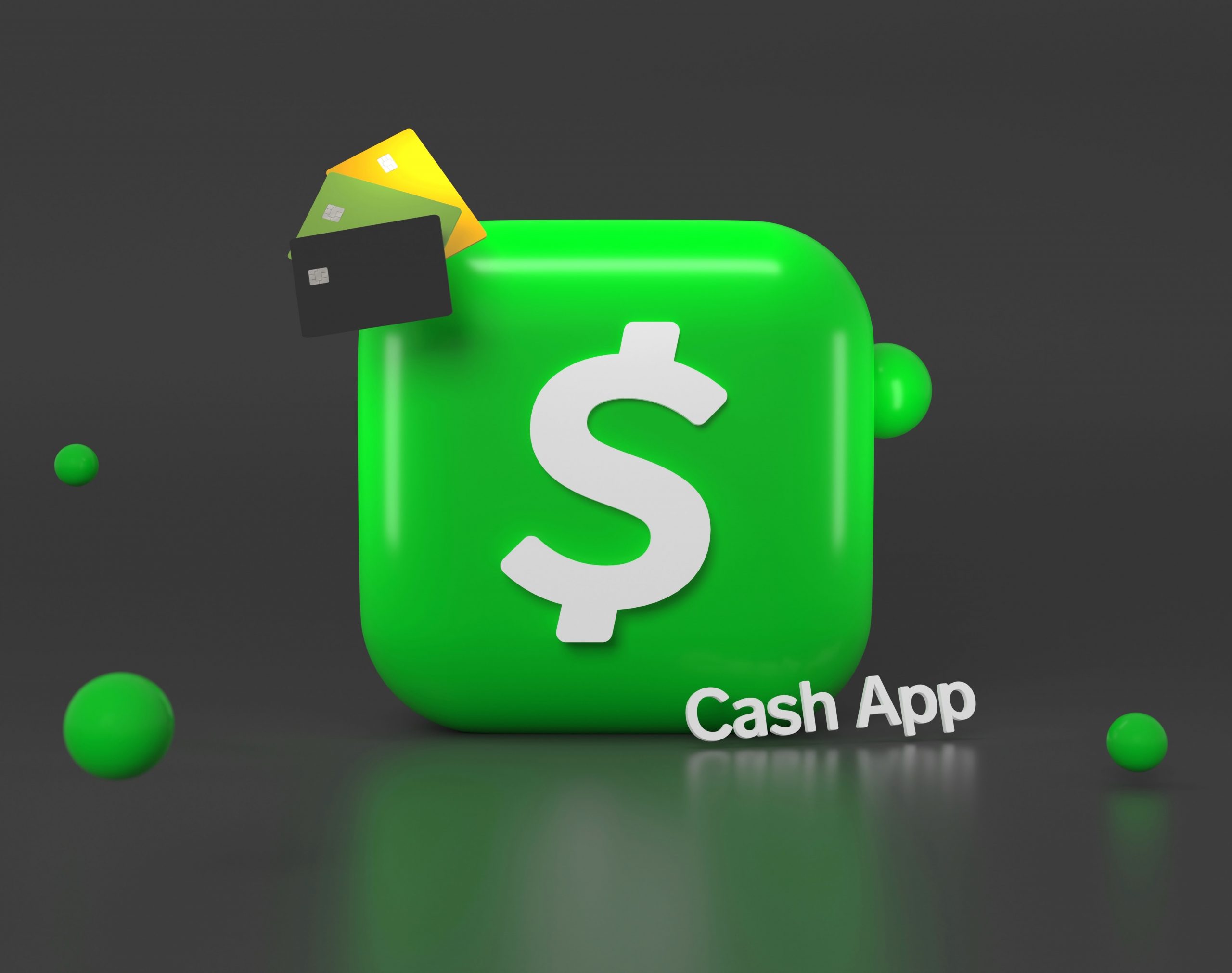How to Prepare For Stock Market Crash
Stock market crashes are inevitable. These are five things you can do to prepare for and during the next stock market crash.
We are compensated by many of our partners for the products we feature. These partners may influence the products we write about, and where and how they appear on pages. This does not affect our evaluations. Our opinions are entirely ours. Here’s a list of our Partners and how we Make Money.
The market can reach record highs in one minute and then crash. Blammo, the next it could be in the throes of a stock market crash.
Markets have experienced extreme volatility throughout 2022 due to concerns about rising inflation rates and interest rate increases. Inflation numbers reached a 40-year peak in June and markets continued to fall. After a similar slide on May 20, the S&P 500 slipped back into a bearish market on June 13.
While history has shown us how long stock market corrections, crashes, and bear markets last, nobody gets a notice on a calendar announcing the nature, time, and expected magnitude of future dips.
What is a stock-market crash?
The last stock market crash occurred at the beginning of the COVID-19 pandemic, which began in early 2020. Although there is no single number that can indicate a crash, it’s helpful to have some context. On any given day, the S&P 500 stock market index changes between -1% to 1%. Any deviation from these parameters could be considered active on the stock exchange — for better and for worse.
Trading may be stopped for up to 15 minutes if the S&P 500 falls 7% in one day. This is a rare event in Wall Street’s history. A crash is a sudden and sharp drop in stock prices. This usually follows an uptrend in the stock markets, also known as a bull market.
Are You Concerned About the Economic Downturn?
Our guide will help you protect your finances from market volatility and inflation.
Stock market crashes in history
Stock market crashes are not common, despite their roller-coaster moments. Among the most notable U.S., stock-market crashes in the last 100 years are:
1929: A contracting economy and investor panic caused the stock market to plunge, which marked the beginning of the Great Depression. It took more than two decades for the market to recover from its bottom in 1932.
1987: On Black Monday, the market plunged 25% due to investor panic, market decline, and early computerized trading that went sour. The market recovered in two years and the Securities and Exchange Commission put in place trading restrictions and circuit breakers to stop panic selling.
2000: The Dot-Com Bubble burst on March 20, 2000. This happened after a boom in investment and speculation in internet-related ventures in the 1990s. It took seven years for the S&P 500 to recover from a drop of nearly 50%.
2008: The housing bubble and subprime mortgage crisis caused a significant drop in the S&P 500’s value. It took nearly two years for the S&P 500 to recover.
2020: The market plunged by 30% after COVID-19 was spread worldwide in February 2020. This happened in just over a month. The market recovered in August 2020 but it took six months for the market to rebound.
Stock market data can be delayed up to twenty minutes. It is not intended for trading purposes.
It’s best to stay the course if you have a long investment time and are well-diversified. Knowing that a crash is possible allows you to plan and prepare for it. Here are five steps to help you prepare for a market crash.
1. Find out what you have — and why
An investment that is based on fear of a temporary slump should not be considered a reason to sell. However, if you review your stock research notes you might find good reasons to sell.
Thorough stock research should include a written record detailing the strengths, weaknesses, and purpose of each investment in your portfolio. Also, note any things that could earn each investment a spot in the “outbox”. Your research acts as an investment road map. It is a tangible reminder about the qualities that make a stock worthwhile to hold.
This document will help you to protect your investment portfolio from being ruined by a market crash. It also gives clear reasons to sell a stock.
It is a good idea to determine your tolerance for risk before you invest in stocks. This will allow you to decide how much volatility you are willing and able to take in return for greater potential returns. Although investing in the stock market can be risky, it is possible to win long-term gains by being able to weather the storms and stay invested for the eventual recovery.
You don’t have to do this step if you are just now curious about how your investments match your temperament. Your actual reactions to market agita can provide valuable information for the future. Keep in mind, however, that your responses may be biased depending on market activity.
2. Trust in diversification
If you have money invested in different asset classes such as stocks and bonds, your results could be affected by a market crash. Diversifying your investments is key to reducing risk and smoothing out the market turmoil. Diversifying ensures that your eggs (or investments) don’t become too concentrated in one asset (basket). If one stock or industry experiences a down day, you can offset that loss by diversifying.
Diversification is already built into a strategy that you have chosen to “set it and forgo it”, such as investing in a target retirement fund (as many 401(k), plans allow you do) or using a robot-advisor. It’s best to trust that your portfolio will weather the storm. While you may still feel some short-term pain, this will allow you to avoid any losses that could damage your portfolio.
Are you looking for a safe investment opportunity? These low-risk options can help you grow your money.
3. You should be ready to purchase the dip
Market dips can also offer buying opportunities. It’s like buying stocks at a discount when the market crashes. It is important to be prepared for the fall and to have enough cash to buy investments that are falling in price.
Here are some ways to determine if you are ready to purchase the dip. You have cash saved up for an emergency, you are prepared to sell your stock in a panic, and you keep a list of stocks that you want to purchase.
You won’t be able to catch the stock at its lowest if you buy the dip. That’s okay. It is important to be opportunistic with investments that have potential long-term.
Do not be surprised if your investment is halted at the right moment. Dollar-cost averaging is a way to get out of the fear of bad timing. Dollar-cost average smoothens out the purchase price over time. It puts your money to use when other investors are sitting on the sidelines or heading for the exits.
4. Ask for a second opinion
When the stock market is on a roll and your portfolio’s value is rising, being an investor can be a rewarding career. When times are tough, self-doubt can set in and you may resort to ill-advised strategies and self-doubt. Even the most confident saver/investor can succumb to short-term thinking. Do not allow self-doubt to sabotage financial planning.
To help you build your portfolio and get an objective view on your financial plans, consider hiring a financial advisor. It’s common for financial planners and financial advisors to have a personal financial planner on their payroll. It’s a great bonus to know that someone is available to help you through difficult times.
5. The long-term is what you should be focusing on
It can be hard to see your portfolio shrinking in the stock market and not do anything about it. It can be difficult to see your portfolio shrink over a year if you have lost or changed jobs or been grieved by the COVID-19 pandemic. Although it’s common to feel pessimistic following a crash, investing for the long term is best.
Remember that selling investments during a downturn can lock you into your losses. Consider the market crash that was caused by COVID in February 2020. Imagine that you had $1,000 invested in an ETF or exchange-traded fund that followed the S&P 500. This fund would have experienced a loss of more than 30% during the spring 2020 crash. You would have lost 30% if you had sold the fund. But if you kept it, you would have recovered all your losses by August and seen it grow.
If you intend to reenter the market at a more sunny time, you will almost certainly have to pay more and sacrifice some (if any) of the gains.
6. Profit from every opportunity
It can be very distressing to see your carefully planned portfolio suffer from some unexpected dips. However, making future-oriented moves could help to offset some of the discomforts. Many financial planners point out that market drops can be a good time to convert to Roth. Investors can take a look at the assets that have been depreciated in their traditional IRAs and transfer some to a Roth IRA. You can enjoy watching the migrated assets grow in a tax-free fashion once the market recovers.
Roth conversions might not be right for everyone. Because the transfer creates income, there is a concern that Roth conversions can trigger additional taxes. A tax professional can help you determine if this move is a good idea.








